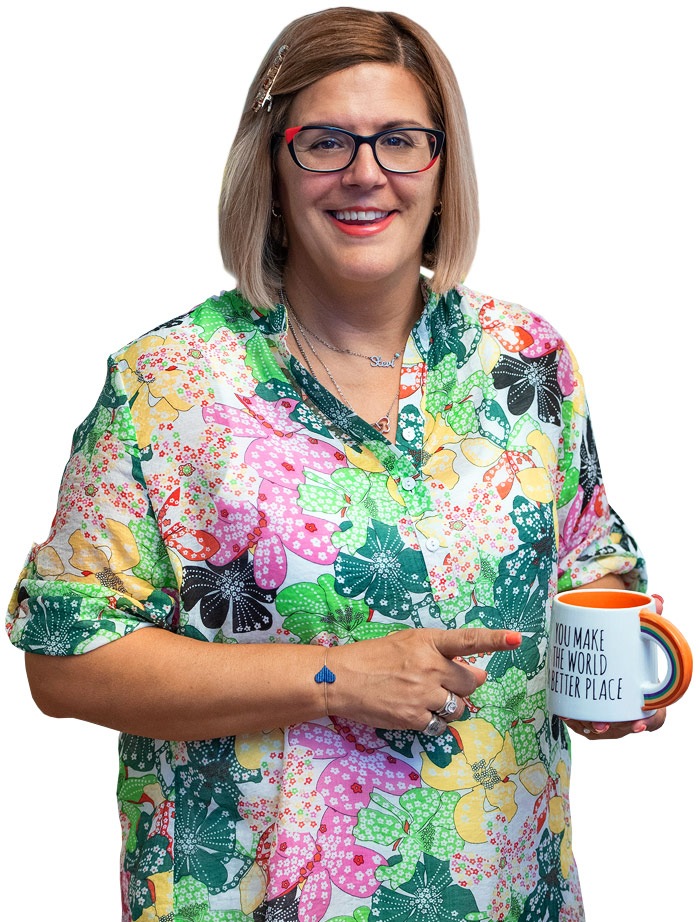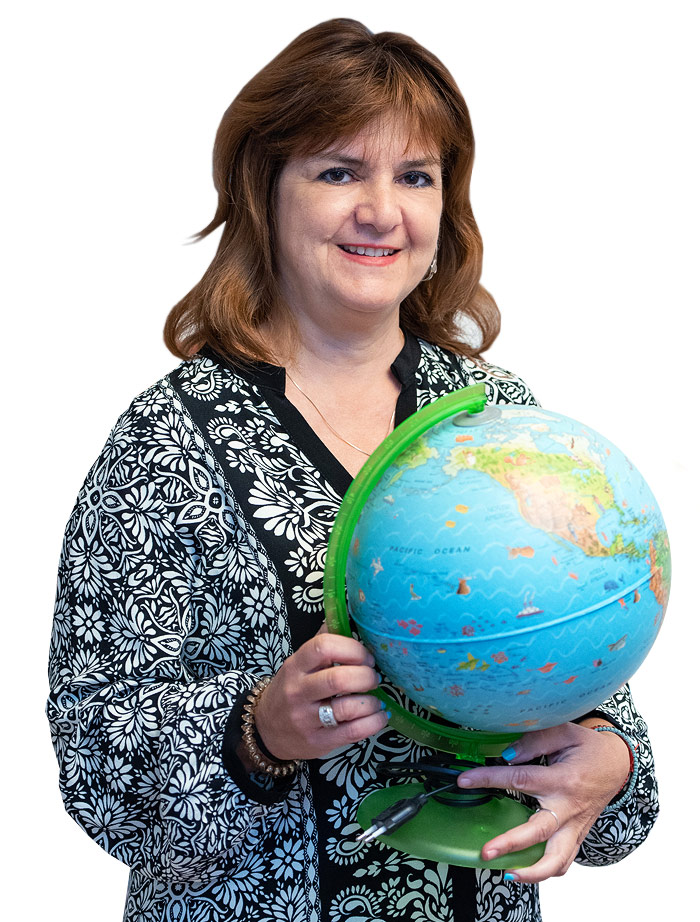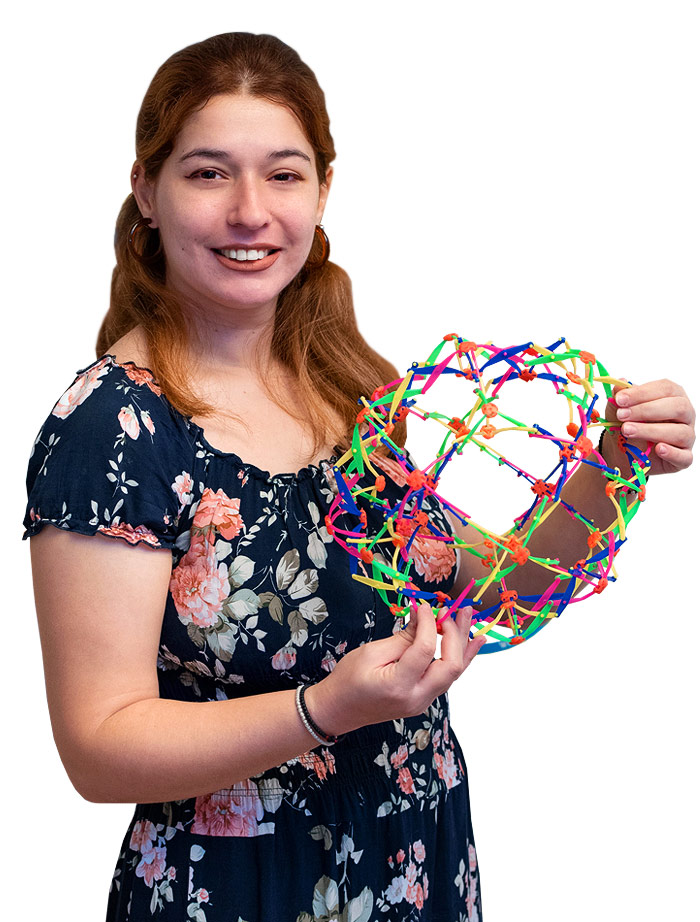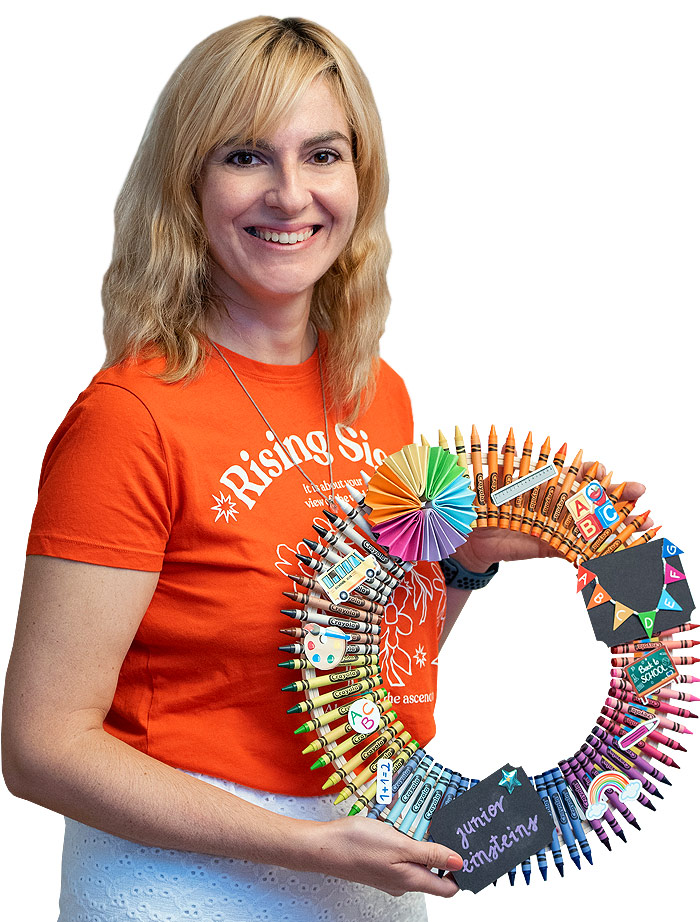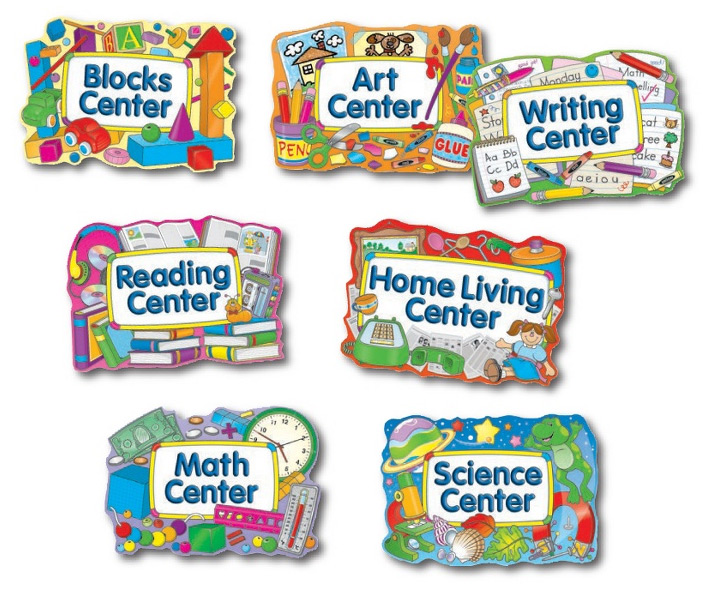Junior Einsteins is located on the northern suburbs of Athens in Halandri. On an 800 squared meters property lays our institution of learning for our young Einsteins.
Our outdoor play area is filled with beautiful trees and secret hiding places that are meant for exploration and discovery. This will provide preschoolers with great places to practice and master emerging physical skills.
Our playground environment entails a wooden tree-house, a sandbox, a vegetable garden, and our very own traffic/transportation area.
We develop our students’ thought processes and creativity through circle time, games, crafts, learning centers, field-trips, guest speakers, and monthly themes. Students develop gross and fine motor coordination through journal writing, drawing, outdoor play, gym activities, toys, puzzles, music, and finger plays. Junior Einsteins prides itself on embedding technology into the classroom with access to Interactive smart boards, and computers.
Our program focuses on language development and a better understanding of the world through a variety of themes such as but not limited to: All about Me, Animals and their Habitats, Five Senses, Transportation, Fairy Tales, Nursery Rhymes, and Weather.

Our Philosophy
We believe children learn naturally about themselves and the world around them through observation, imitation and meaningful play.
Thus, we encourage children to satisfy their natural curiosity and immersion into lifelong learning and discovery. We aim to positively impact our preschoolers to create a love for school and a thirst for knowledge. We emphasize on having strong teacher-parent relationships, and nurture the idea that family and school act as one unified and loving network of adults for all students.
Through regular communication between the school and home, our goal is to ensure that the needs of the children, the aspirations of the parents, and the aims of the school are all communicated, understood and shared.
Here, at Junior Einsteins Preschool, we use an integrated approach to learning which is aligned with current American research theories, standards, and guidelines. We embrace different philosophies from theorists/researchers such as Piaget, Vygotsky, Kolb and Gardner in our daily teaching, as well as the behavioral and social development of each child. We strive for a happy balance between child-directed and teacher-directed class time, where teachers act as facilitators catering to the students’ learning and curiosities. Teachers also help to shape students in becoming creative builders and innovators of their own learning. Our play based, child centered curriculum nurtures the whole child and as a result, supports the child’s social, physical, emotional and intellectual growth. We provide inclusive settings that recognize children’s varied abilities, interests, needs, and learning styles.
The curriculum allows for a variety of learning styles and age appropriate materials. Our students are actively involved in the learning process. Through hands-on activities, they explore and investigate the world around us. Engagement is encouraged by harnessing the pride and satisfaction children gain from self-chosen play and/or projects.
Curriculum
Approach
In our lesson plans, we aim to cater to every child’s unique learning styles (visual, auditory, kinesthetic). Furthermore, we are strong believers of Gardner’s Theory of Multiple Intelligences and embrace it in our lessons and themes. Gardner’s theory (a professor at Harvard)suggests that each child not only learns quite differently, but possesses varying amounts of strengths in the eight identified intelligences. For this reason, children are attracted to particular types of activities because they exhibit strength in a certain type of intelligence.
a sensitivity to the meaning and order of words. Teachers and writers possess this intelligence. Activities of enjoyment: likes to telling stories and playing word games. Linguistic learners are good speakers and writers.
Ability in mathematics and other complex logical systems. Mathematicians and scientists display this intelligence. Activities of enjoyment: Conducting experiments, finding patterns and playing games such as chess.
The ability to understand and create music. Musicians, composers and dancers show a heightened musical intelligence. Activities of enjoyment: Listening to music and poetry. Can memorize things through rhythm and rhyme.
The ability to “think in pictures,” to perceive the visual world accurately, and recreate (or alter) it in the mind or on paper. Spatial intelligence is highly developed in artists, architects, designers and sculptors. Activities of enjoyment: Taking pictures, putting together difficult puzzles. Also working with clay and play dough.
The ability to use one’s body in a skilled way, for self-expression or toward a goal. Dancers, basketball players, and actors are among those who display bodily-kinesthetic intelligence. Activities of enjoyment: Role playing, and acting out stories. Playing games like Simon says and twister.
An ability to perceive and understand other individuals: their moods, desires, and motivations. Political and religious leaders, skilled parents and teachers, and therapists display this intelligence. A child with this strength likes to design and complete projects while working cooperative with others. Has many friends and is a good leader.
An understanding of one’s own emotions. Some novelists and or counselors use their own experience to guide others. A child with this strength needs time alone to process and create. Enjoys making decisions and likes to create scrap books.
The ability to understand the natural world. A child with this strength likes to: care for animals and plants. Likes to use tools such as a magnifying glass or binoculars.
The classrooms are divided into carefully planned interest areas in which children visit daily. Filled with bright, primary colors and a variety of materials for your child to manipulate, explore, snuggle, share and play with. The centers are especially designed to encourage exploration and desire to investigate. The following classroom centers are incorporated into the classroom:
- Science Center– children will learn what it feels like to be a scientist. By exploring and investigating children learn early science concepts.
- Math Center– Games and manipulatives are essential to learning number recognition and counting. Children will count, sequence, match, sort and classify different objects.
- Art Center– Daily Arts and crafts embedded in the classroom enhance the development of fine motor skills, as well as creativity. Children learn to make decisions by choosing different art materials.
- Reading/Library Center– Children learn the importance of print as a means for communicating and gaining information. Thinking skills are enhanced. Children understand, identify, and respond to emotional situations from book discussions.
- Listening Center – Through the use of book on CDs children improve their listening skills.
- Dramatic Play Center– The children are encouraged to build up their knowledge of the English language while role playing. They learn social skills, negotiating skills and conflict resolution techniques as they engage in play with other children.
- Building Blocks Center – By building structures children enhance their imagination , creativity and work their large muscles.
- Technology Area Center – introduction to computers, and interactive learning games. Develop eye-hand coordination.

